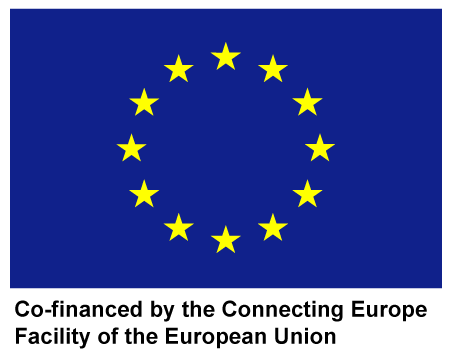
Cooperative Urban
Mobility Portal
Explore Connected and Cooperative Mobility

Cooperative
Urban Mobility Portal
Explore Connected and Cooperative Mobility
Efficiency C-ITS Services
Green Priority (GP)
Green Light Optimal Speed Advisory (GLOSA)
Cooperative Traffic Light for VRUS (CTLVRUs)
Flexible Infrastructure (FI)
In-Vehicle Signage (IVS)
Mode & Trip Time Advice (MTTA)
Probe Vehicle Data (PVD)
Urban Parking Availability (UPA)
Motorway Parking Availability (MPA)

Green Light Optimal Speed Advisory (GLOSA) operation is based on intersection geometry (MAP) and Signal Phase and Timing (SPaT) messages. Traffic light status and timing information should be transmitted at a pre-defined transmission rate. This information should then allow the calculation of an optimal speed for crossing the traffic light. Updated traffic light information or advice to drivers should be provided via Human Machine Interface (HMI). GLOSA information should be provider to users with an appropriate timing and under the prerequisite that is compliant with local laws and rules. A Roadside System broadcasts the signal states and the time for the next signal to a Traffic Management System that forwards it to the back-office system of the Service Provider. Optimal speed profiles are calculated for different locations and transmitted to the back-office system of the Communication Provider.
This service architecture is largely based on the ARC-IT service package Eco-Approach and Departure at Signalized Intersections, with customizations to support local user needs.
Green Priority (GP)
Green Light Optimal Speed Advisory (GLOSA)
Cooperative Traffic Light for VRUS (CTLVRUs)
Flexible Infrastructure (FI)
In-Vehicle Signage (IVS)
Mode & Trip Time Advice (MTTA)
Probe Vehicle Data (PVD)
Urban Parking Availability (UPA)
Motorway Parking Availability (MPA)



This website has received funding from the European Union’s Horizon 2020 Research and Innovation Programme
under Grant Agreement number 723311.
